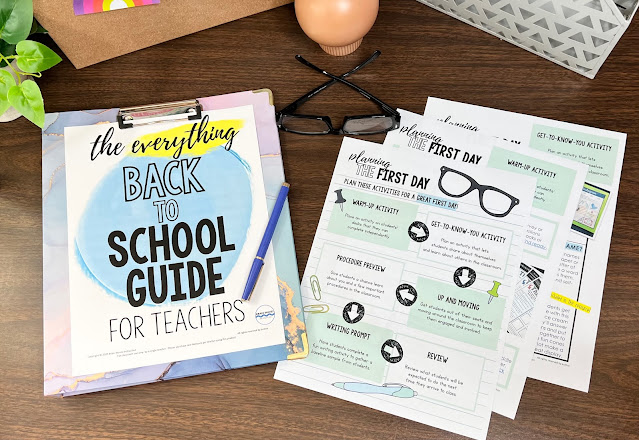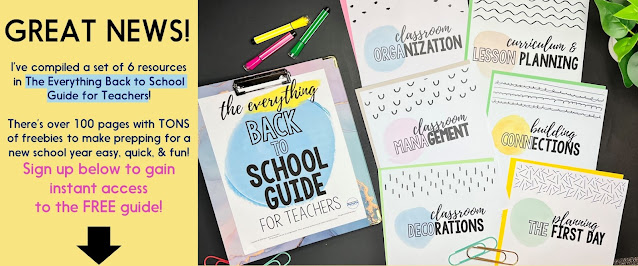Social-Emotional Learning (SEL) is a crucial component of education that goes beyond academic achievement. It equips students with the necessary skills to understand and manage their emotions, build positive relationships, and make responsible decisions.
Social-Emotional Learning refers to the process of acquiring and applying knowledge, attitudes, and skills related to recognizing and managing emotions, developing empathy, establishing positive relationships, making responsible decisions, and engaging in effective communication. SEL cultivates a safe and nurturing environment that enhances students' overall well-being, academic success, and long-term success in life.
In upper elementary and middle school classrooms, SEL activities play a pivotal role in fostering a supportive and inclusive classroom community. Let's explore the significance of SEL and discover engaging activities that can promote social-emotional growth in students.
OPEN DIALOGUE
Create a classroom community where students have plenty of opportunities to reflect and share. Build an environment that encourages an open dialogue with these activities...
>>> Morning Meetings: Start the day with a structured time for students to connect, share, and build relationships.
>>> Class Agreements: Collaboratively establish rules and expectations that promote respect, empathy, and inclusivity.
>>> Feelings Check-In: Begin each class with a check-in where students identify and discuss their emotions, fostering self-awareness and empathy. Grab the "Where's Your Head At?" activity here.
>>> Circle Time: Create a space for open dialogue, encouraging students to express their thoughts, concerns, and experiences.
COLLABORATION
Help students develop their SEL skills by working with their peers. Provide students with opportunities to collaborate with...
>>> Collaborative Projects: Assign group projects that require teamwork, communication, and problem-solving, fostering a sense of belonging and cooperation.
>>> Role-Playing Scenarios: Engage students in role-playing activities that explore conflict resolution, empathy, and effective communication. You can also have students work together as they write and preform emotions skits.
>>> Peer Buddy System: Pair older students with younger ones to promote mentorship, empathy, and mutual support.
>>> Appreciation Board: Establish a visual display where students can express gratitude and appreciation for one another's efforts and achievements. Students can also go on a commonality hunt in the classroom with this fun activity.
REFLECTIONS
Part of Social Emotional Learning is taking time to be reflective. Plan activities where students can reflect on their own feelings, challenges, and experiences with activities like...
>>> Reflection Journals: Provide students with dedicated time to reflect on their experiences, emotions, and personal growth. Find 10 targeted writing prompts here.
>>> Art Therapy: Incorporate art activities that encourage self-expression, creativity, and emotional exploration.
>>> Mindfulness Exercises: Introduce mindfulness practices like breathing exercises, meditation, or guided imagery to promote self-regulation and stress reduction. Download these FREE mindfulness quotes and finger labyrinths to try in the classroom.
ACTS OF SERVICE
Nurture emotional intelligence, empathy, and responsible decision-making among students with acts of service such as...
>>> Community Service Projects: Engage students in activities that allow them to give back to their community, fostering empathy and a sense of social responsibility. Guide students through an acts of kindness challenge with this activity.
>>> Thank You Note Writing: Help students spread a little kindness with a thank you note writing lesson. Here's a resource to help students get writing.
LEARNING ACTIVITIES
Intentionally teach students about the components of Social Emotional Learning. Guide students as they develop their SEL traits with learning activities like...
>>> Literature Exploration: Use books and stories to spark discussions about empathy, compassion, and understanding diverse perspectives.
>>> Reading Passages: Use reading passages to help students learn about social emotional learning. These 10 passages and writing prompts are ideal for promoting social emotional learning.
>>> SEL Games and Role-Playing: Engage students in interactive games and role-playing scenarios that focus on emotional intelligence, perspective-taking, and problem-solving. Incorporate creative activities like these positive pennant flags to teach about SEL.
----------------------------------------------------
As educators, we know that when students feel seen, heard, and valued, they are more likely to thrive academically and personally, setting the stage for long-term success in their lives. Let's continue to prioritize SEL and create environments where students can grow into well-rounded individuals ready to face the challenges of the future.
*************GREAT NEWS**************
If you're looking for more ways to create a positive classroom, be sure to grab the FREE EVERYTHING GUIDE for TEACHERS!
Thanks so much for stopping by!
Mary Beth
P.S. Check out more activities to build self-awareness in this popular blog post.



























































